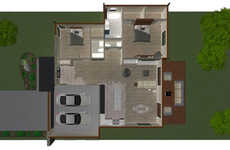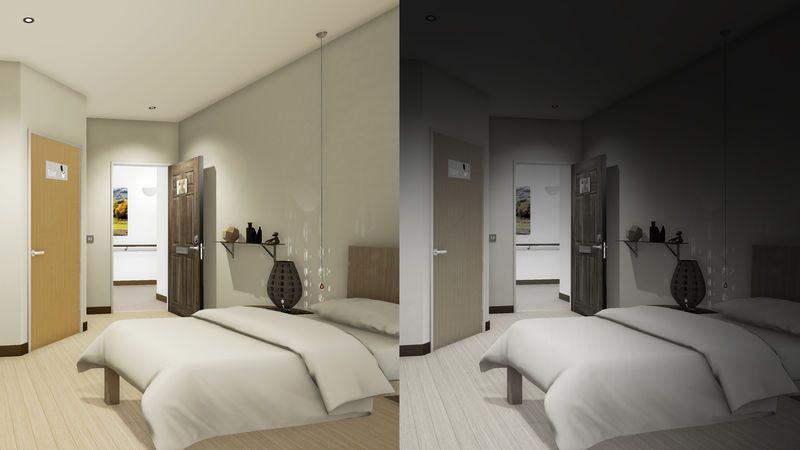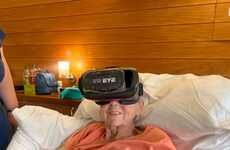
The Virtual Reality Empathy Platform Helps Architects Design Inclusively
Joey Haar — February 22, 2017 — Art & Design
References: dementiacentre.au & dezeen
The built environment has a huge impact on how people with either physical or cognitive disabilities live on a day-to-day basis, and the new Virtual Reality Empathy Platform is a tool to make it easier for architects to design appropriately. The virtual reality kit, which includes a high-performance laptop, a virtual reality headset, a games controller, a camera, and specially designed software, helps architects and designers to better understand the challenges faced by people with dementia.
One of the biggest barriers when designing for a person with dementia is in understanding their impairment. While it is relatively easy to conceptualize the challenges faced by someone with a physical disability like vision impairment or mobility problems, dementia is a matter of perception. The Virtual Reality Empathy Platform gives an immersive, first-person experience of the symptoms of dementia in a virtual environment, helping architects to recognize the design strategies they should implement when building long-term care homes, hospitals, or sheltered housing.
One of the biggest barriers when designing for a person with dementia is in understanding their impairment. While it is relatively easy to conceptualize the challenges faced by someone with a physical disability like vision impairment or mobility problems, dementia is a matter of perception. The Virtual Reality Empathy Platform gives an immersive, first-person experience of the symptoms of dementia in a virtual environment, helping architects to recognize the design strategies they should implement when building long-term care homes, hospitals, or sheltered housing.
Trend Themes
1. Virtual Reality Empathy - Using virtual reality to create empathy and understanding for people with dementia in the built environment.
2. Inclusive Design - The importance of designing buildings and spaces that are accessible and supportive for individuals with disabilities, including dementia.
3. Perception-based Challenges - Understanding and accommodating the unique challenges faced by individuals with dementia in the design of living spaces.
Industry Implications
1. Architecture and Design - Integrating virtual reality technology into the architectural design process to create more inclusive and dementia-friendly environments.
2. Healthcare - Applying the Virtual Reality Empathy Platform to design better long-term care homes, hospitals, and other healthcare facilities for individuals with dementia.
3. Technology and Software - Developing specialized software and tools to support architects and designers in creating dementia-friendly spaces using virtual reality technology.
5.5
Score
Popularity
Activity
Freshness























